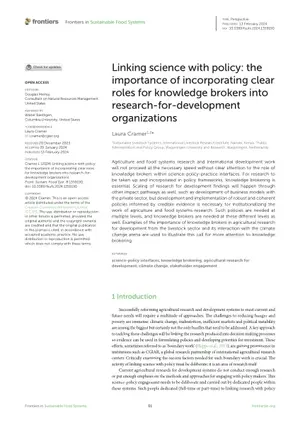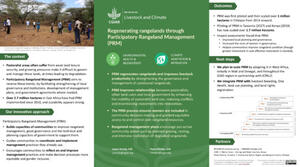
Implementation manual for launching and maintaining sentinel zones
Abstract
There are several index-based drought risk financing (DRF) products available for pastoral regions, and many more
new products are being proposed. These products commonly rely on indices generated from satellite-collected data
as proxies for local environmental conditions, thereby avoiding costly ground-data collection for developing risk
profiles, assessing local conditions, and making payments. While these index-based DRF products are promising,
their accuracy and value are not guaranteed, and some ground data are required to calibrate, monitor, and assess
them. Specifically, data are needed that can track the spatial and temporal dynamics between environmental
conditions through household production, to household welfare, if the tools are to accurately mitigate the
impacts of drought on households. Unfortunately, these data are almost entirely missing for pastoral areas in the
Intergovernmental Authority on Development (IGAD) region. The sentinel zone concept was developed to meet this
need by establishing a network of high-frequency and longitudinal data collection clusters specifically considering
the pastoral production system and the social and environmental strata of the rangelands in the IGAD region. This
manual provides guidance on how to launch and maintain a sentinel zone to those collaborating on this agenda.
Citation
Chelanga, P., Gobu, W., Galgallo, D., Alulu, V., Taye, M., Jensen, N. and Fava, V. 2022. Implementation manual for launching and maintaining sentinel zones. ILRI manual 61. Nairobi, Kenya: ILRI.










